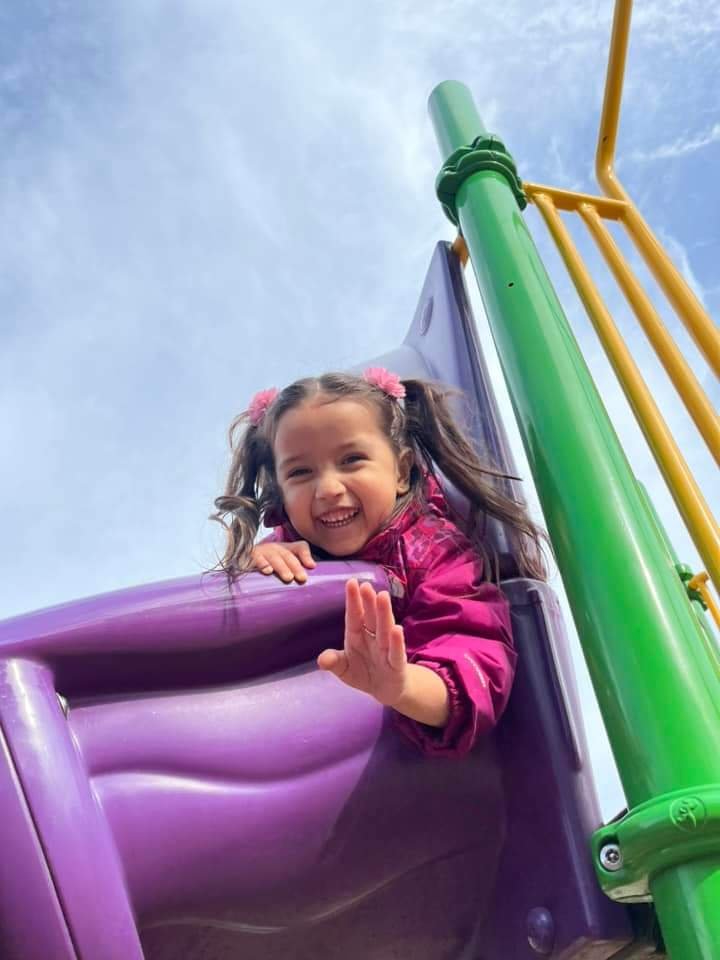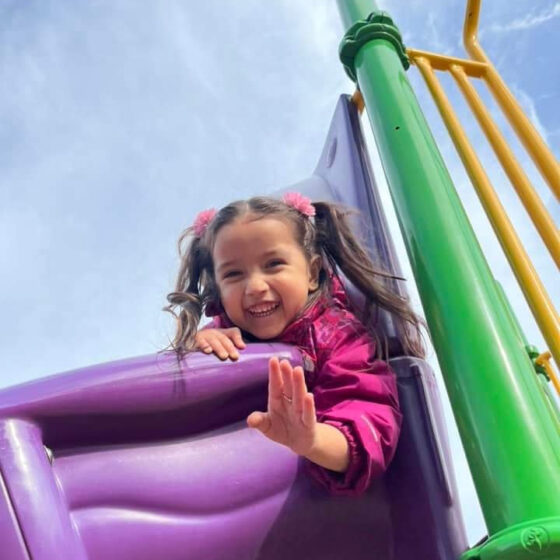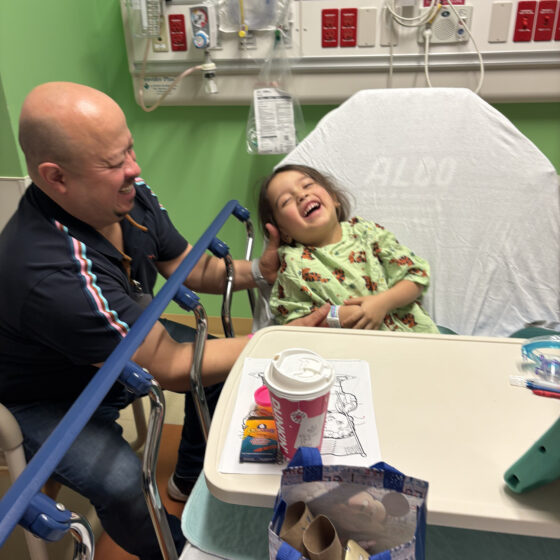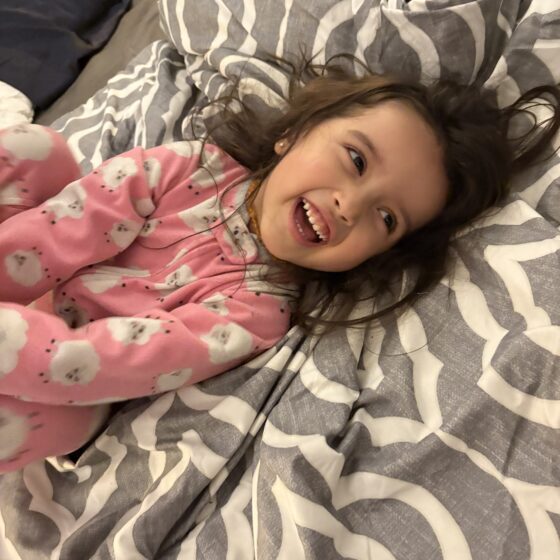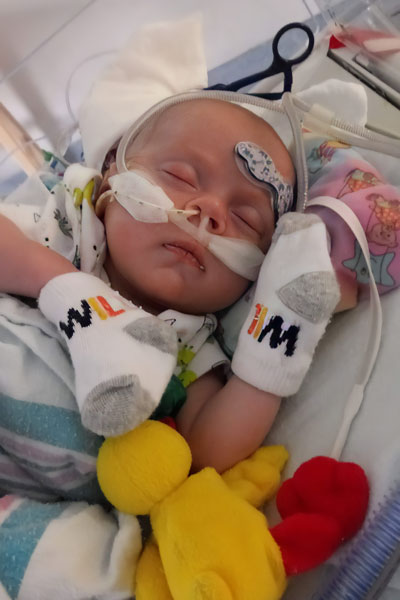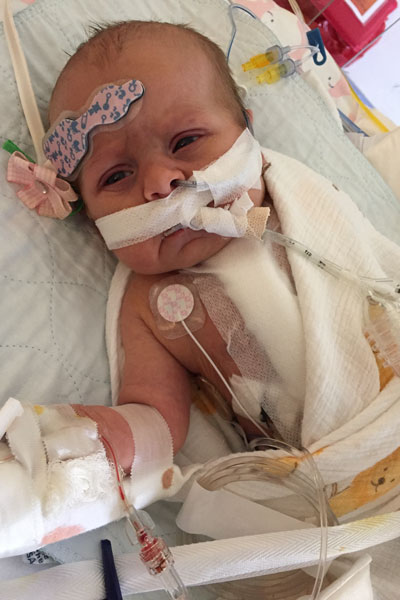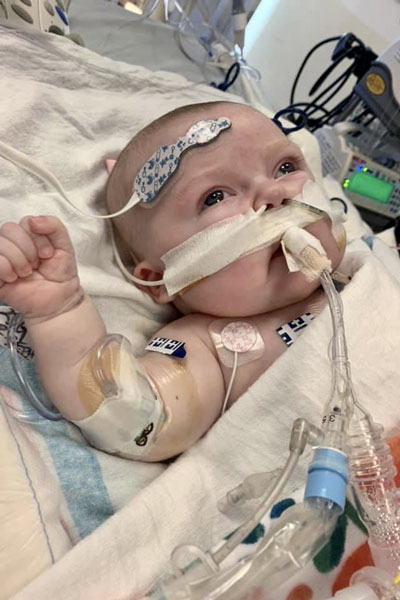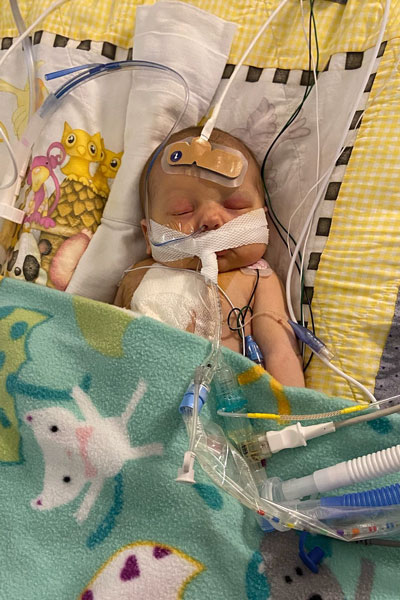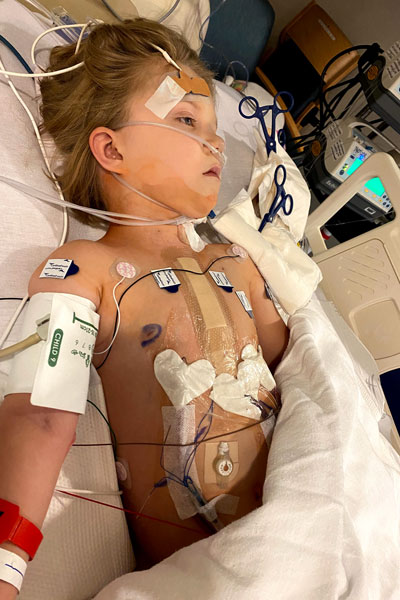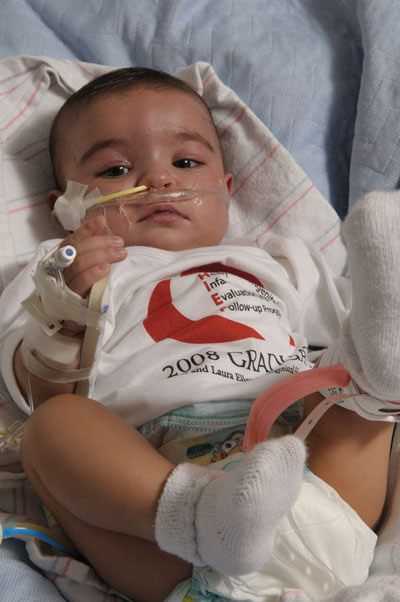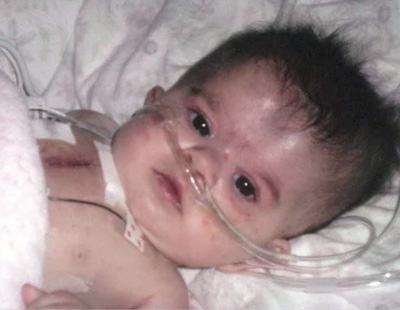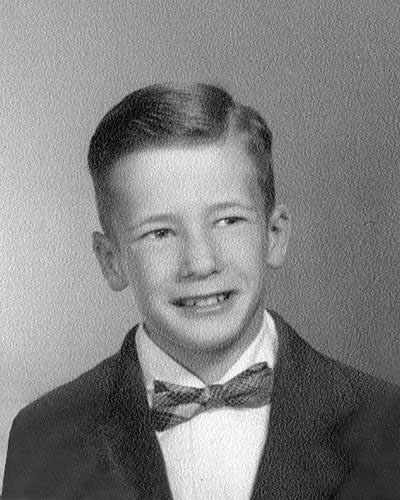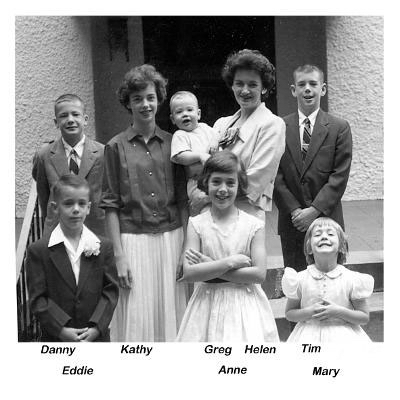SOFIA
We spent Thanksgiving Day at urgent care, convinced we were being overly cautious about a cough—just typical parent worries. However, when the technician examined the X-ray, she noticed something unusual: a strange mass we would soon learn was Sofia’s enlarged heart. Our vibrant three-year-old, who takes ballet and swimming classes and races around the house, had been living with a heart condition none of us knew about. Life-changing moments don’t always come with dramatic music or flashing lights. Sometimes, they arrive wrapped in the kindness of a nurse offering an ugly yellow monkey toy or a technician gifting your daughter a small gray bear named Mr. Scrumples.
We were referred to Lurie Children’s Hospital, where we learned about anomalous left coronary artery from the pulmonary artery (ALCAPA). This one small vein, which should have been where it was required, was misplaced—a seemingly minor difference that changed everything. But then came the first miracle: somehow, my daughter’s body had created its solution. Like nature’s bypass surgery, tiny capillaries kept her heart functioning. While most babies with ALCAPA are diagnosed at 2-3 months and appear lethargic and fail to thrive, that wasn’t the case with Sofia. Our little warrior had been thriving, growing, and dancing—all while her heart performed its daily miracle.
The doctors shared information that became our lifeline: Sofia’s case, while serious, also came with unique blessings. Those tiny capillaries hadn’t just kept her alive and enabled her to thrive. Each cartwheel, dance move, and lap around our house served as evidence of her body’s incredible adaptation. Surprisingly, the RSV that brought us to the hospital ultimately saved her life. Without that chest X-ray, we might not have discovered her condition until it was too late.
Support poured in from all directions—my sister in China sent prayers, my cousin in France spent two valuable hours on the phone, and family members arrived with just what we needed (like Albert’s favorite Reuben sandwich and vegan mac and cheese for Sofia). Even the medical team became part of our journey; they didn’t just treat Sofia—they got to know her, played with her, and made the entire experience feel less intimidating.
Through it all, Sofia remained her spirited self. She transformed medical tape into musical instruments, created games in her hospital bed, and declared, “Doctor shop closed!” when she was done playing with her medical kit. Even attached to numerous wires and dressed in a hospital gown, in this serious environment, she was still our imaginative little girl.
When we were finally told we could go home, I realized we should call ourselves Team Victorious, inspired by Sofia’s middle name, Victoria. My sister remarked that we had chosen that name because it represents her future victories, which brought me to tears. Yes, we were leaving with a daunting diagnosis and surgery ahead, but we were also carrying hope and the understanding that even in the darkest times, little miracles blossom everywhere. Like how an RSV infection saved my baby’s life. How doctors accustomed to seeing severe cases look at Sofia and see unparalleled strength. My little girl can transform anything—even hospital supplies—into something magical.
This is the hardest journey we’ve ever faced, but it’s not lonely. It’s filled with Disney princesses singing in ambulances, nurses turning scary procedures into fun games, family providing comfort food, and prayers being spoken from Chicago to Beijing. It features my strong, amazing Sofia, who doesn’t just endure these moments—she transforms them. We’re going home different from how we arrived, bearing diagnoses, prescriptions, and upcoming surgery dates. But we’re also carrying something else: the certainty that our tiny warrior will continue to show us what victory looks like, one brave moment at a time.

